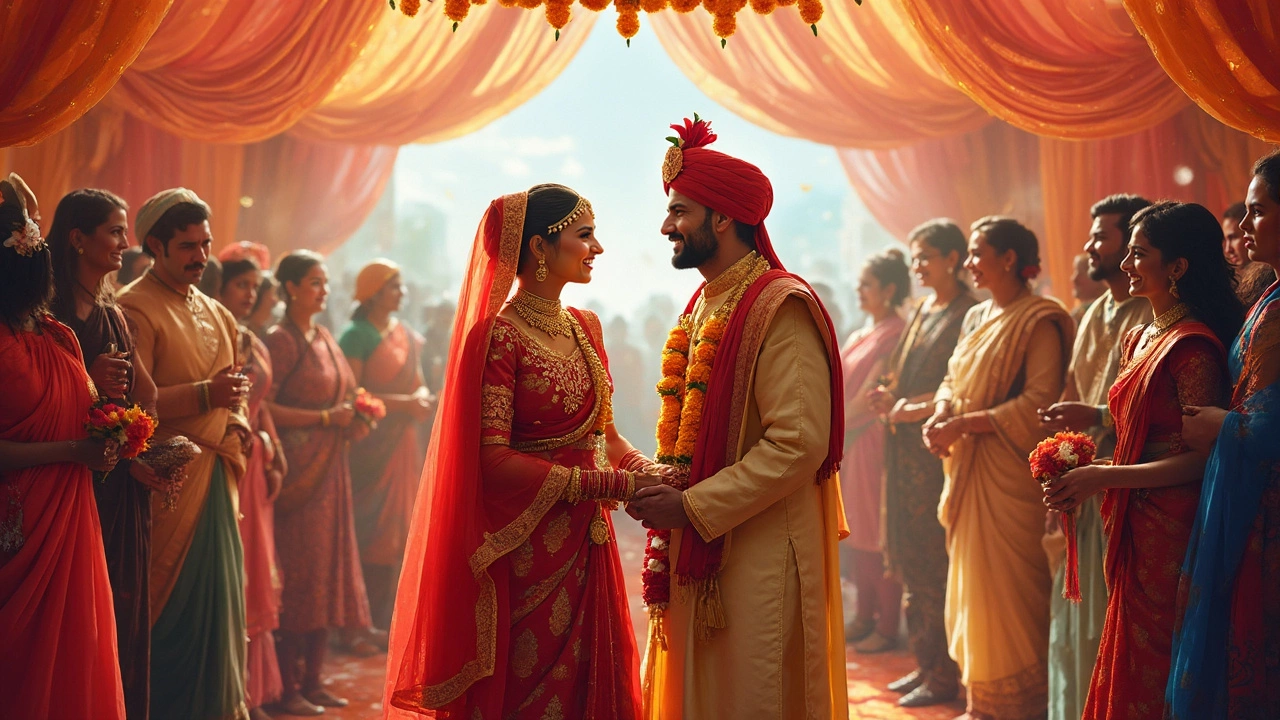Hindu Marriage: Traditions, Rituals and Modern Tips
Thinking about a Hindu wedding? You’re probably curious about the deep customs and how they fit into a busy modern life. This guide breaks down the biggest parts of a Hindu marriage, gives quick explanations of each rite, and offers practical ideas for couples who want both authenticity and ease.
Key Rituals in a Hindu Wedding
Most Hindu marriages start with a Roka – a simple ceremony where families exchange gifts and announce the engagement. It’s a low‑key way to get everyone on board before the big day. Next comes the Sagai, where the bride and groom exchange rings and a small token called a Kalash is placed near the couple to symbolize blessings.
The main event begins with the Jaimala, a flower garland exchange. It’s more than a cute photo op; it shows the couple’s respect for each other. Then the Mandap is set up, a decorated canopy where the most important rites happen. The priest chants Sanskrit verses while the couple circles a fire (the Agni) seven times, called Saptapadi. Each step represents a vow – from health to prosperity – and the fire is believed to witness the promises.
Other common rites include the Kanyadaan, where the bride’s father hands her over to the groom, and the Sindoor ceremony, where the groom applies a red powder on the bride’s forehead, marking her as married. Finally, the couple may share a sweet rice dish called Griha Pravesh to welcome the bride into her new home.
Modern Adjustments for Today’s Couples
While tradition matters, many couples tweak the schedule to suit their lives. Some combine the Roka and Sagai into one gathering, saving time and venue costs. Live‑streaming the ceremony is now common, letting distant relatives join without traveling.
Eco‑friendly options are also gaining traction. Instead of a big floral mandap, couples use reusable décor or potted plants that can be taken home. Many choose a vegetarian menu, but some add a small non‑veg dish for guests who prefer it, balancing respect for customs with personal taste.
Another popular change is the dress code. Traditional silk sarees and dhotis are still beautiful, yet many brides opt for lighter fabrics or modern cuts, and grooms might wear a simple tuxedo for the reception while keeping a traditional outfit for the rituals.
Planning tools make the process smoother too. Online checklist apps let you track invites, vendors, and budgets in one place. Hiring a wedding planner who understands Hindu customs can save you from last‑minute surprises, especially when coordinating multiple rituals across different days.
Remember, the core of a Hindu marriage is the partnership and the promises made in front of the fire. Whether you keep every rite exactly as it’s done for centuries or blend in modern twists, the goal is a ceremony that feels right for you and your family.
Ready to start? Begin with a conversation with your families about which rituals matter most, set a realistic budget, and then pick a venue that can accommodate both the mandap and any reception you envision. With clear priorities and a bit of flexibility, your Hindu marriage can be a memorable blend of heritage and personal style.
